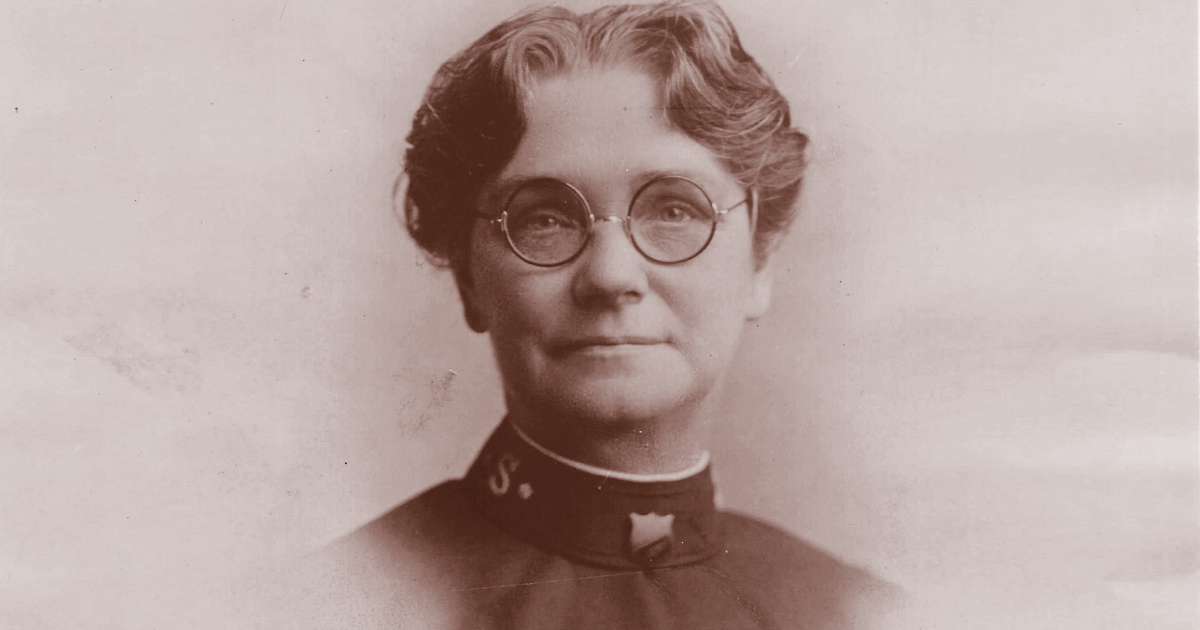Where Have All the Adjutants Gone?
The rank system looks to remain unchanged for the immediate future, however, most officers will answer to “Captain” when called upon at a disaster or at a shelter.
In the early days of The Salvation Army, Christian mission evangelists were given the ranks of “captain” or “lieutenant.” Staff officers were often given the rank of “major.” The general superintendent became the General. However, soon the ranks expanded and became more complicated as The Salvation Army expanded and became a worldwide movement. There were ranks such as “commandant,” “adjutant” and “commander.” Often, years of service were the driving force behind promotion, but sometimes position denoted rank.
Looking at old pictures, you sometimes can see rank insignia that makes no sense. What does that star on the collar mean? Why do they have a crest on their epaulet? Why do some collars look like different colors?
One of the ranks that was developed early on was that of adjutant. An adjutant was a rank above captain and was given after 10 years of service. Its rank insignia was unique for it consisted of a single star placed to the right of the collar “S.” There are many historic photographs showing this rank and some assumed that this was a lieutenant.

The first commissioner is generally regarded as George Scott Railton when he was given the task of officially opening the work of the Army in America. Bramwell Booth was appointed Chief of the Staff by his father, General William Booth, and later assumed the position as General. He never held any other ranks and was often addressed as Mr. Bramwell.
After World War II, the rank structure reached its zenith. With many veterans returning to the ministry, several military ranks were created, first and second lieutenant for example. In the late 1940s, there were 15 rank levels, compared to today where we have seven.
In 1957, a panel of senior officers took up the question of the rank structure. Their recommendation to the general was that the rank levels be simplified. One of the ranks created before the war was that of senior major. This was given to officers who had achieved 35 years of active service. It was thought to be confusing and most officers surveyed did not like the rank.
Once again, in 1973 the senior officers of the world reviewed the rank system. At that time, more ranks were dropped, such as the brigadier. The rank system remained untouched for nearly 25 years until the International Commission on Officers was convened in the late 1990s. The Commission thought that there was still confusion and recommended that the ranks be simplified. The rank of lieutenant was dropped and all officers were commissioned as captains.
Eight years later, it was decided that the lieutenant rank should be brought back into service. Cadets are now commissioned as lieutenants and serve for five years before being promoted to captain. Another change in 2000 was that the years of service for becoming a major was reduced from 20 to 15 years.
The rank system looks to remain unchanged for the immediate future, however, most officers will answer to “Captain” when called upon at a disaster or at a shelter. All will answer, “How can I help?”
Photo: Salvation Army National Archives







